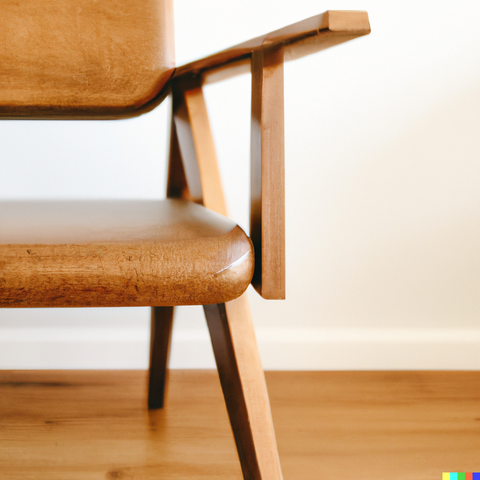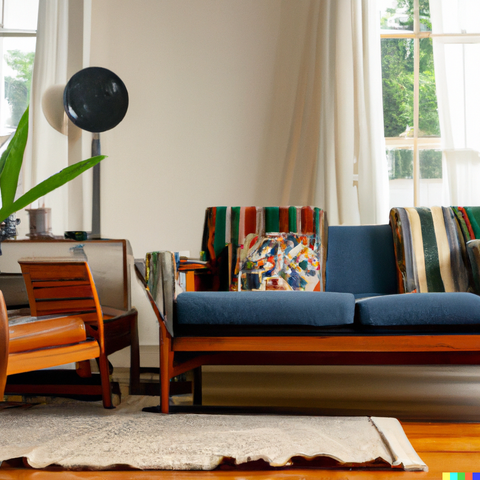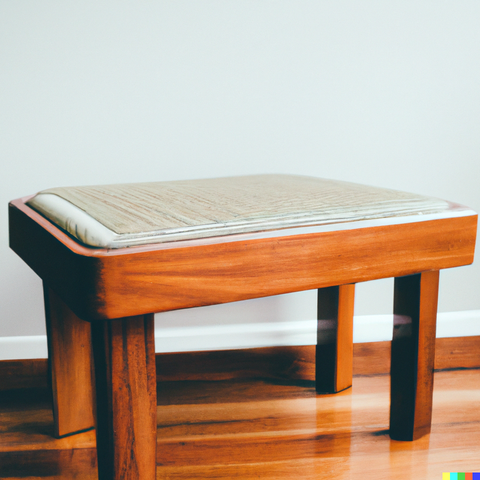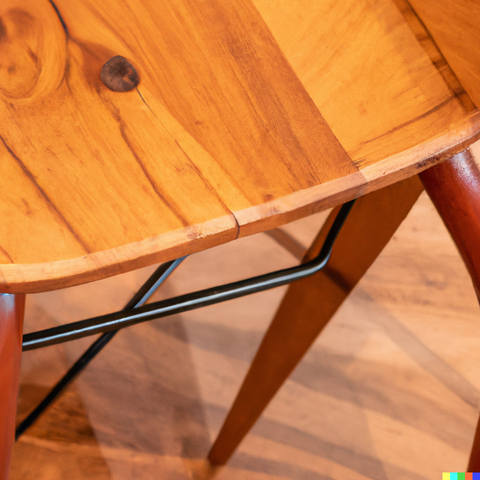Identifying Vintage Mid-Century Modern Furniture
Mid-century modern furniture is a popular choice among collectors, interior designers, and homeowners due to its timeless appeal and iconic design. From the 1940s to the 1970s, this movement revolutionized the furniture industry with its clean lines, organic forms, and functional design. Identifying vintage mid-century modern furniture involves understanding key characteristics, materials, furniture designers, and techniques used during this period. This article will guide you through the process of spotting genuine mid-century modern furniture and help you make informed purchasing decisions.

Understanding Mid-Century Modern Design:
Mid-century modern design is characterized by simplicity, functionality, and a focus on form. The movement rejected the ornate and heavily decorated furniture of the past in favor of clean lines, organic shapes, and minimal ornamentation. The use of innovative materials, such as plywood, fiberglass, and plastic, was also prevalent during this period.

Key Characteristics of Mid-Century Modern Furniture:
- Clean lines: Mid-century modern furniture often features straight, simple lines without elaborate curves or decorations. The emphasis is on showcasing the beauty of the materials and the form of the furniture itself.
- Organic forms: Inspired by nature, mid-century modern furniture incorporates organic shapes like round, oval, and curved designs. These elements create a sense of harmony and balance.
- Functionality: Mid-century modern furniture is designed to be practical and efficient, utilizing clever storage solutions and multifunctional features. Pieces like modular shelving units and convertible sofas were popular during this era.
- Innovative materials: Mid-century modern furniture designers experimented with new and unconventional materials. Look for pieces made from molded plywood, fiberglass, metal, and plastic, which were commonly used during this period.
- Tapered legs: Many mid-century modern pieces have thin, tapered legs that give them an elegant and light aesthetic. These legs are typically splayed or angled outward, adding to the overall visual appeal.

Furniture Designers of the Mid-Century Modern Era:
To accurately identify mid-century modern furniture, it is essential to familiarize yourself with renowned furniture designers of the era. Here are a few notable names:
- Charles and Ray Eames: This husband-and-wife duo created iconic mid-century modern designs that include the Eames Lounge Chair and Ottoman, molded fiberglass chairs, and the Wire Chair collection.
- Hans Wegner: Known as the "Master of the Chair," Wegner's designs often featured organic shapes, clean lines, and functional elegance. His famous works include the Wishbone Chair and the Shell Chair.
- Eero Saarinen: Saarinen's designs were characterized by their sculptural forms and groundbreaking use of materials. The Tulip Chair and the Womb Chair are two of his most iconic creations.
- George Nelson: As the design director of Herman Miller, Nelson played a significant role in shaping the mid-century modern movement. His designs, such as the Marshmallow Sofa and the Ball Clock, are revered for their playful and innovative nature.
- Arne Jacobsen: A Danish architect and designer, Jacobsen created timeless pieces like the Egg Chair, Swan Chair, and Series 7 Chair that epitomize mid-century modern elegance.

Authenticating Mid-Century Modern Furniture:
- Label or signature: Many mid-century modern furniture pieces were labeled or stamped by the manufacturer. Look for manufacturer logos, designer signatures, or other identifying marks on the underside or back of the furniture. Research the designer's typical style of marking for authenticity purposes.
- Construction materials: Mid-century modern furniture often used specific materials, such as molded plywood, fiberglass, or solid teak wood. Authentic vintage pieces will generally have signs of aging or wear that genuine materials exhibit over time.
- Quality of craftsmanship: Examine the furniture for quality construction and attention to detail. Mid-century modern pieces were typically well-built and intended to last. Look for precise joinery techniques, solid construction, and smooth finishes.
- Upholstery: Vintage mid-century modern furniture often featured unique fabric patterns and textures. Look for vibrant colors, geometric patterns, and period-appropriate materials like wool, vinyl, or leather.
- Patina and wear: Genuine vintage furniture will exhibit signs of aging, such as patina, scratches, or discoloration, which adds character and authenticity to the piece. Be cautious of overly pristine or artificially aged pieces.

Researching and Educating Yourself:
Becoming knowledgeable about mid-century modern furniture is crucial to identifying authentic pieces. Take advantage of books, online resources, and museum exhibits to learn about furniture designers, their distinct styles, and manufacturing techniques. Joining forums or communities of fellow enthusiasts can provide valuable insights, sharing resources, and discussing pieces you come across.

Identifying vintage mid-century modern furniture requires an understanding of design principles, key characteristics, materials, and renowned furniture designers of that era. With this knowledge, you can confidently navigate the market, authenticate pieces, and build a collection or furnish your home with authentic mid-century modern furniture. Remember, when purchasing, always examine the construction, materials, labels, and overall aesthetic to make informed decisions and appreciate the timeless beauty of these iconic designs.



























